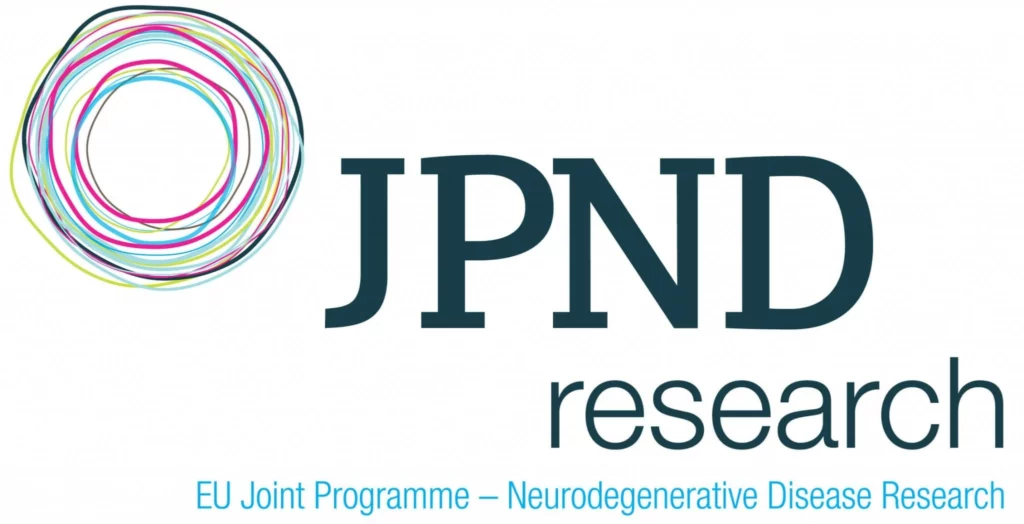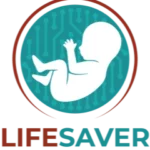JPND call for proposals
Why use microfluidics for the JPcofuND 2 (JPND)?
- Organ-on-chip that mimics human organ functions for better in vitro tests
- Lab-on-chip for fast, sensitive and portable complex lab process like biomarker sensors

The JPND call is conducted by the funding organizations of the following countries: Australia, Belgium, Canada, Czech Republic, Denmark, Finland, France, Germany, Hungary, Israel, Italy, Latvia, Luxembourg, Netherlands, Norway, Poland, Portugal, Slovakia, Spain, Sweden, Switzerland, Turkey.
JPcofuND 2 (JPND): Linking pre-diagnosis disturbances of physiological systems to neurodegenerative diseases
What can microfluidics do for neurodegenerative diseases early detection?
The call is focused on the following diseases:
- Alzheimer’s disease and other dementias
- Parkinson’s disease and PD‐related disorders
- Prion diseases
- Motor neuron diseases
- Huntington’s disease
- Spinocerebellar ataxia (SCA)
- Spinal muscular atrophy (SMA)
The EU Joint Programme—Neurodegenerative Disease Research (JPND) call has objectives for which microfluidics technologies can improve solutions: measuring the physiological effects of neurodegenerative diseases and detecting related biomarkers. The causal underlying cellular, molecular, metabolic, inflammatory, or other systemic processes should also be investigated.
Assess the physiological effects of neurodegenerative diseases
With organ-on-chip technology, growing patient cells on a microfluidic chip is possible. The advantages of microfluidics are:
- Very precise cell microenvironment control that allows more physiologically relevant experiments than with traditional 2D cell culture
- The possibility to stick as closely as possible to the patient’s physiology
- The possibility to parallelize and automate the experiments
Organ-on-chip technology can, therefore, be used to decipher the neurodegeneration-derived processes causing early disease-specific signatures in neurodegenerative disease research. Another example is the Orgtherapy project, which aims to develop a relevant spinal cord model to improve therapeutics for neurodegenerative diseases by using organ-on-chips.
Detect biomarkers for early diagnostics
Microfluidic labs-on-chip are perfectly suited for remote disease physiological disturbance detection. For example, you can use lab-on-chip wearable devices for patient monitoring. Lab-on-chips require a tiny sample volume and usually have better sensitivity than more traditional analysis methods. Results can be obtained in a few minutes with almost no human intervention and without cumbersome lab procedures.
What can the MIC do for your JPND project?
The MIC can bring its expertise in microfluidic instrumentation and flow control to help you develop your research project’s microfluidic innovation! We have already participated in more than 30 European projects to help our partners develop systems suited to their projects.
More specifically, we can:
- Develop plug-and-play platforms for your organ-on-chip
- Design instruments for lab-on-chip sample injection
- Implement flow control solutions fitted to your application
- Automate the fluidic system to allow fast, precise, and reproducible experiments
The MIC already brought its microfluidics expertise into many research projects:
H2020-NMBP-TR-IND-2020

Microfluidic platform to study the interaction of cancer cells with lymphatic tissue
H2020-LC-GD-2020-3

Toxicology assessment of pharmaceutical products on a placenta-on-chip model
